Stews & Braises
Photos and story by Julie Van Rosendaal
Low and slow has been the way to go this winter. With more time to make some long-simmered stews and braises. Few cooking techniques are so fundamental, useful and versatile as stewing and braising, which require very little effort, not much in the way of technique, and allows liquid and the heat of the oven or stove-top) to do all the work.
Stews and braises are similar — the difference, essentially, is the amount of liquid you utilize both as a heat conduit and to keep things from drying out during their longer-than-usual cooking time. Tougher cuts of beef, pork and lamb — think shanks, shoulder and ribs — are often the focus of braised dishes; a few hours in the oven gives their connective tissues a chance to break down, making it fork-tender and far more flavourful than most lean, quick-cooking cuts. And, of course beans, vegetables and even fruit can be stewed or braised, requiring far less time; you could even braise chicken, swapping the crisp skin of a traditional roast for extra-moist, juicy meat.
The key to a flavourful sauce is browning your meat first — because the Maillard reaction can’t occur in the presence of liquid (it requires a higher temperature than that of boiling water) meat is ideally browned before any wine, beer or stock is added to generate those dark bits traditionally used as a base for gravy.
Adding your liquid will loosen those bits, but also act as a cooking medium — for braising, the liquid usually goes half to three-quarters of the way up the meat; in stews, it completely covers it. There’s no need to precisely measure; eyeballing it will take care of any fluctuations in the size of your roast or pot. Vegetables require far less time, of course, so if you have multiple elements combined in one dish — like a pot roast you want to cook along with carrots and potatoes — let the meat braise for a couple of hours first before adding vegetables for the last half-hour or so to prevent them from getting too soft.
Julie shares three recipes in this series, find the other two here: Carbonnade Flamande, Braised Lamb Shanks.
Braised Chicken in Milk
Ingredients
- 1 whole chicken
- Salt and freshly ground black pepper to taste
- Canola oil or butter, for cooking
- Finely grated zest of a lemon
- Small handful of fresh sage leaves
- 1 head garlic, divided into cloves (no need to peel their skins)
- 2 cups 2% or whole milk
- 1 cinnamon stick (optional)
Instructions
- Preheat the oven to 375˚F.
- Pat the chicken dry, season it with salt and pepper, and heat a heavy, oven-proof pot on the stove-top over medium-high heat. Add a drizzle of oil and brown the chicken all over, turning it with tongs.
- Add the remaining ingredients to the pot, cover and bake for 1½ hours, removing the lid for the last half an hour if you like to brown the top a little more.
- To serve, pull the meat off the bones and drizzle with sauce; add a few cloves of garlic from the braise.

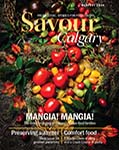


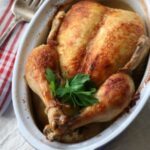
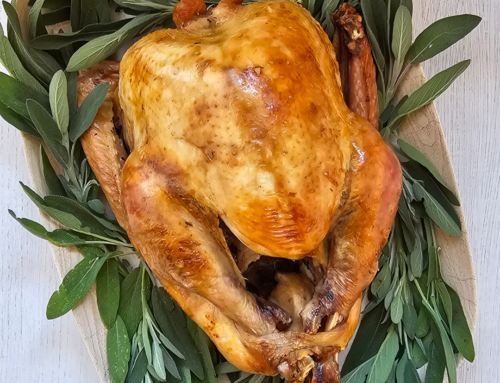
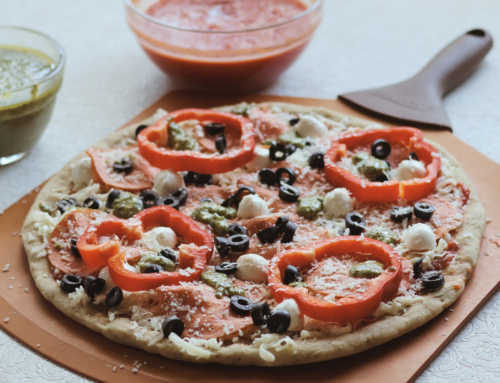
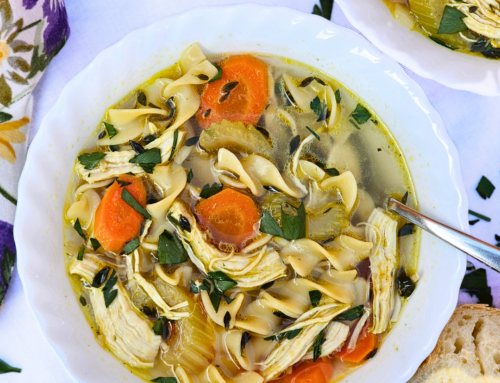
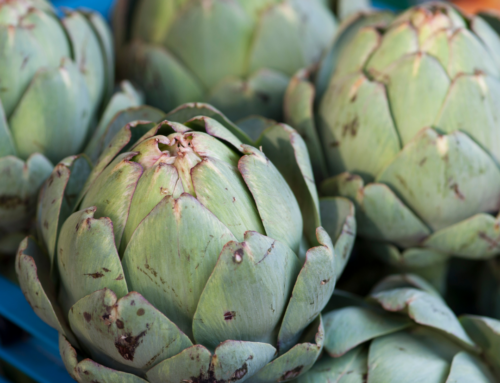
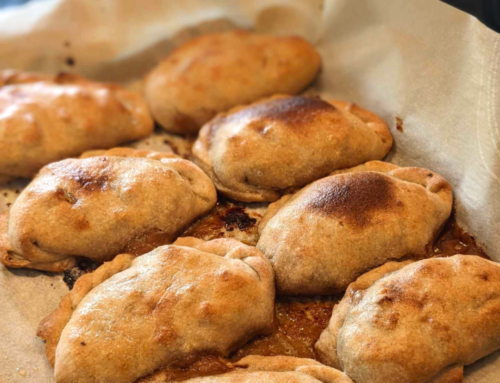
[…] shares three recipes in this series, find the other two here: Braised Chicken in Milk, Braised Lamb […]
[…] shares three recipes in this series, find the other two here: Braised Chicken in Milk, Carbonnade […]